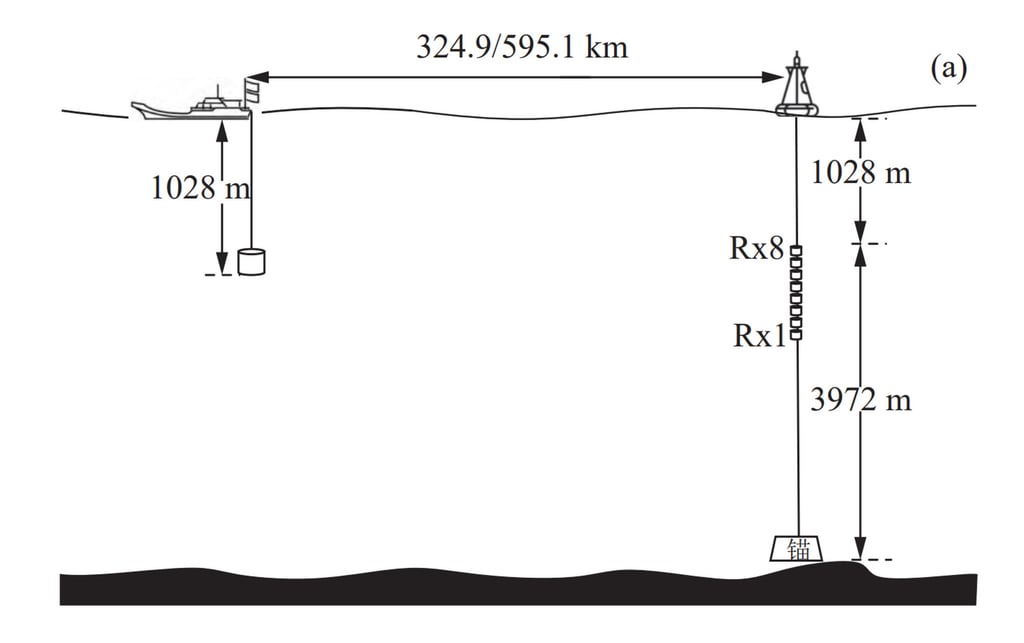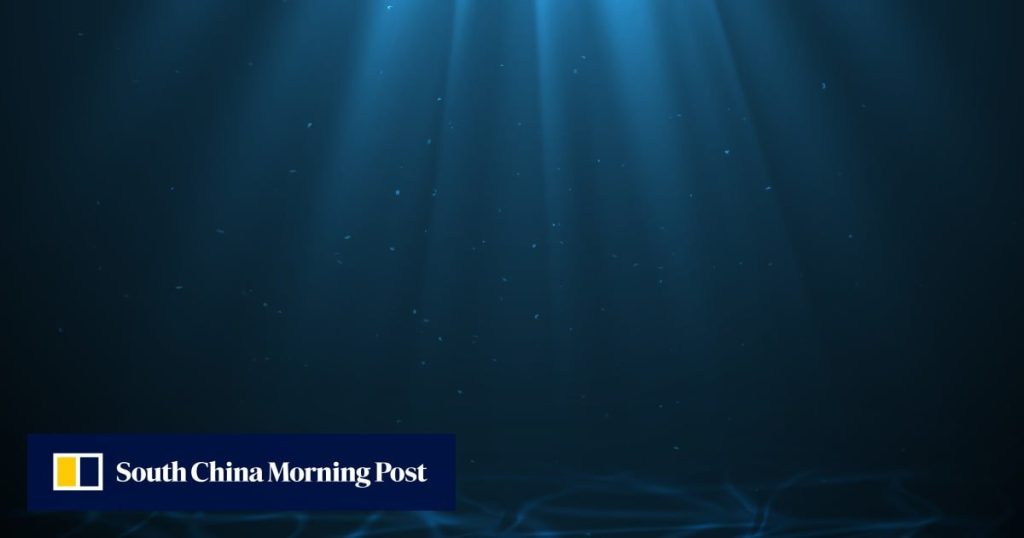A team of Chinese scientists has passed a milestone in underwater communication, enabling error-free acoustic data transmission across 600km (375 miles) of ocean – roughly the distance between Taipei and the US military base in Okinawa.
The feat, detailed in a May study published in Acta Acustica, China’s premier acoustic journal, marks significant progress that could pave the way for the real-life use of long-range undersea messaging, a field with profound civilian and military applications.
While whales can exchange low-frequency songs over 8,000km, and a United States Navy experiment in 2010 showed communication across 550km was possible, maintaining zero-error transmission at such ranges has remained a challenge.
For some users, including the military, even minor data corruption is unacceptable for critical tasks such as awakening dormant underwater drones or synchronising attack coordinates.
The challenges are formidable. Seawater scatters sound into multipath echoes, Doppler shifts warp signals from moving platforms and ambient noise drowns faint whispers. At the distance of several hundred kilometres, a blast equivalent to a rocket launch can be reduced to a mosquito’s hum.

Led by He Chengbing, a professor at Northwestern Polytechnical University, the project team developed a self-tuning system that can map signal clusters in noisy environments without prior knowledge of seabed topography – an advantage critical for naval applications.


